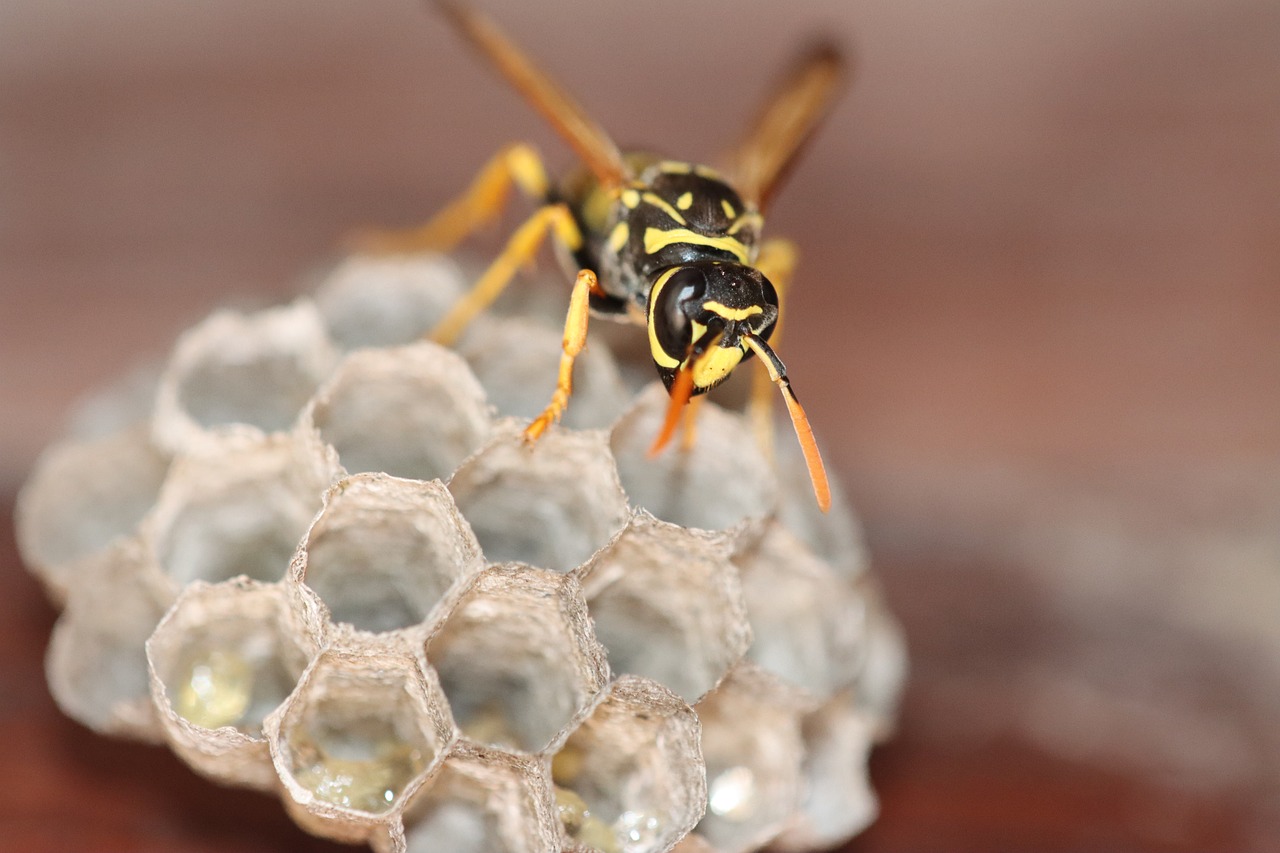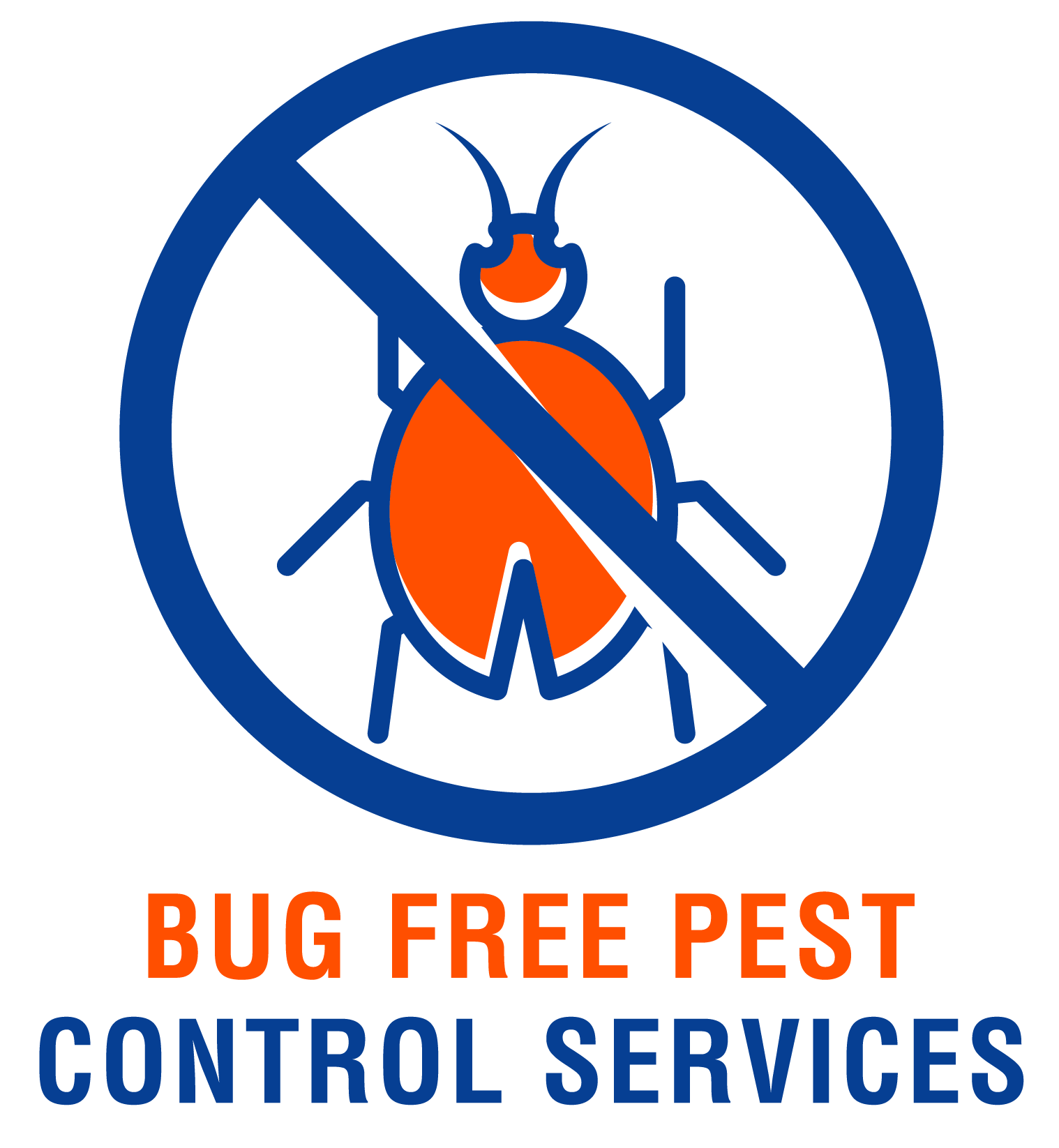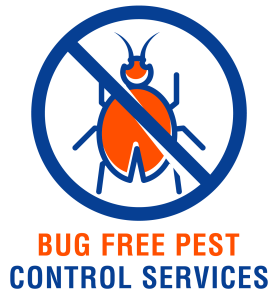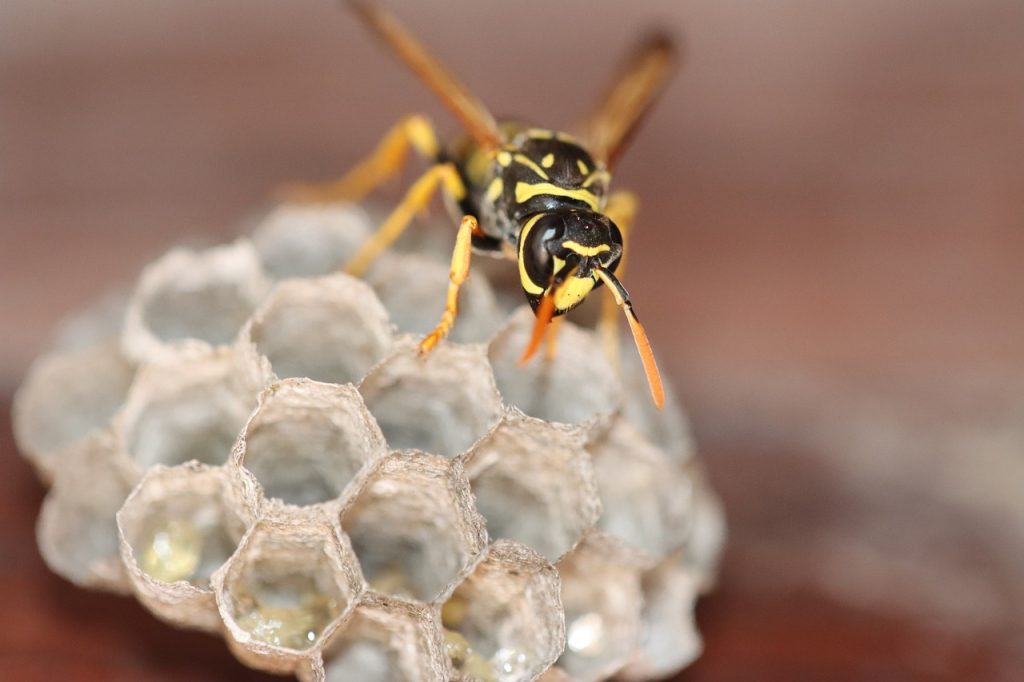Ants are incredibly industrious creatures, but when they invade your home, it’s time to take action. In this article, you will discover ten effective methods to bid farewell to those pesky ants once and for all. From simple homemade remedies to strategic placement of baits, you’ll find practical and efficient solutions that will have your home ant-free in no time. Say goodbye to those unwelcome visitors and regain control of your living space with these tried and tested techniques.
Identify the type of ants
When dealing with an ant infestation, the first step is to identify the specific type of ants you are dealing with. This will help determine the most effective strategies to eliminate them. Here are some common types of ants and how to identify them:
Determine if they are sugar ants
Sugar ants, also known as odorous house ants, are attracted to sweet food and can often be found in kitchens or pantries. They are small, usually measuring about 1/8 inch long, and are dark brown or black in color. If you see ants trailing in a line leading to a food source, chances are they are sugar ants.
Identify if they are carpenter ants
Carpenter ants are known for their ability to cause structural damage to homes. They are larger than sugar ants, measuring around 1/4 to 1/2 inch long. Carpenter ants are usually black, but can also be red or a combination of black and red. Look for sawdust-like material called frass near wooden structures as a telltale sign of a carpenter ant infestation.
Recognize if they are fire ants
Fire ants are known for their painful stings and aggressive behavior. They are reddish-brown in color and vary in size, with worker ants measuring about 1/8 to 1/4 inch long. Fire ants build large mounds in open areas such as lawns and playgrounds. If you notice large mounds and encounter ants with a fiery sting, you are dealing with fire ants.
Distinguish if they are odorous house ants
Odorous house ants, also known as sugar ants, emit a strong, unpleasant odor when crushed. They are small ants, typically measuring about 1/8 inch in length. Odorous house ants are dark brown or black in color, and their trails are often found leading to food sources, especially sweet foods.
Differentiate if they are pharaoh ants
Pharaoh ants are small, light yellow to reddish-brown ants that can be found in kitchens, bathrooms, and other areas near sources of food and water. These ants create multiple nests, making them difficult to eliminate. If you see tiny ants inside your home, particularly in areas with moisture, there is a possibility that they are pharaoh ants.
Now that you have identified the type of ants you are dealing with, let’s move on to effective methods for elimination.
Maintain cleanliness and hygiene
Ants are attracted to food sources and crumbs left behind, so it’s important to maintain cleanliness and good hygiene practices to deter them. Here are some tips for preventing ant infestations through cleanliness:
Clean up food debris and spills immediately
Ants are constantly seeking sources of food, so it’s crucial to clean up any food debris or spills immediately. Wipe down countertops, sweep or vacuum floors regularly, and ensure that all food containers are tightly sealed.
Store food properly in airtight containers
Ants can detect even the tiniest food particles, so it’s essential to store food in airtight containers. This prevents them from accessing your food and eliminates their attraction to your home.
Empty trash regularly
A full trash can is an open invitation for ants. Empty your trash regularly and keep the lid tightly closed to prevent ants from being drawn to the odor of decaying food.
Keep the kitchen clean and free of crumbs
The kitchen is a common area for ants to be attracted to, as it provides an abundance of food sources. Make sure to wipe down countertops, clean up crumbs, and sanitize any surfaces where food is prepared or stored.
Wipe down surfaces with vinegar or lemon solution
Ants dislike the strong smell of vinegar and lemon, making these natural cleaners excellent options for deterring them. Dilute vinegar or lemon juice with water and use this solution to wipe down surfaces regularly.
By incorporating these cleanliness practices into your daily routine, you can eliminate potential food sources for ants and make your home less attractive to them.

Seal entry points
Once you have addressed the cleanliness aspect, the next step is to seal off any potential entry points that ants may be using to gain access to your home. Here are some effective ways to seal these entry points:
Seal cracks and gaps in walls and foundation
Inspect your home for any cracks or gaps in the walls, foundation, or other structural areas. Use caulk or sealant to fill these gaps, ensuring that ants cannot squeeze through.
Caulk gaps around windows and doors
Windows and doors are common entry points for ants. Make sure to check for gaps and cracks around them and use caulk to seal them off. This will prevent ants from finding their way indoors.
Repair damaged screens
Screens on windows and doors can become damaged over time, creating openings for ants to crawl through. Repair any holes or tears in your screens to keep ants out.
Use weather stripping for doors and windows
Weather stripping is an effective way to seal any gaps between doors or windows and their frames. Apply weather stripping to create a tight seal and prevent ants from entering your home.
Fill holes and gaps with steel wool
Ants can squeeze through even the smallest holes, so it’s important to fill them with an effective barrier. Stuff holes and gaps with steel wool, as ants are unable to chew through it.
By sealing these entry points, you are making it difficult for ants to find their way into your home, significantly reducing the chances of an infestation.
Remove ant trails
Ants leave behind pheromone trails that guide other ants to their food sources. By removing these trails, you disrupt their communication and prevent more ants from following the established path. Here’s how to remove ant trails effectively:
Clean and wipe down ant trails with vinegar
Vinegar is a natural ant repellent that can also eliminate their trails. Mix equal parts vinegar and water, then use this solution to wipe down the ant trails. This will disrupt their scent trails and discourage them from returning.
Use soapy water to erase pheromone trails
Soapy water can also be effective in erasing ant pheromone trails. Mix a few drops of liquid dish soap with water and use this solution to wipe down the trails. The soap breaks down the pheromones, making it difficult for ants to navigate.
Spray essential oils along ant pathways
Certain essential oils, such as peppermint, tea tree, or lavender oil, are natural ant deterrents. Dilute a few drops of your chosen essential oil in water and spray it along the ant pathways. This can help disrupt their trails and discourage ants from returning.
Apply a mixture of water and peppermint oil
Peppermint oil is particularly effective in repelling ants. Mix a few drops of peppermint oil with water and use this mixture to wipe down ant trails and entry points. The strong scent of peppermint will deter ants from returning.
Use a non-toxic ant deterrent spray
Non-toxic ant deterrent sprays are readily available in the market. These sprays contain ingredients that disrupt ant trails and help prevent infestations. Follow the instructions on the product label for best results.
By removing ant trails, you disrupt their ability to navigate and communicate, making your home less appealing and deterring further infestations.

Natural ant repellents
If you prefer to use natural methods of ant control, there are several household items that can repel ants effectively. Here are some natural ant repellents to try:
Use a mixture of water and dish soap
A simple mixture of water and dish soap can be an effective ant repellent. Mix a few drops of dish soap with water and spray it directly on ants or areas where they frequent. This disrupts their bodies’ ability to repel water and suffocates them.
Sprinkle cinnamon or cayenne pepper near entry points
Ants dislike the strong smell of cinnamon and cayenne pepper. Sprinkle these spices near entry points or along ant pathways to create a barrier that they will avoid.
Place cucumber slices near ant trails
Cucumbers contain compounds that ants dislike, making them an effective natural repellent. Place cucumber slices near ant trails or entry points to deter ants from venturing further into your home.
Spray citrus oil or lemon juice
The strong smell of citrus can repel ants. Mix citrus essential oil or freshly squeezed lemon juice with water and spray it on ant trails or entry points to deter them.
Apply coffee grounds or used coffee filters
Used coffee grounds or coffee filters contain compounds that ants find unappealing. Sprinkle coffee grounds or place used coffee filters near ant trails or entry points to deter ants from entering your home.
These natural ant repellents provide a safe and effective way to deter ants without the use of harsh chemicals. Experiment with different methods to find what works best for your specific situation.
DIY ant baits
If you want to eliminate ants at their source, using DIY ant baits can be an effective strategy. The idea behind ant baits is to attract ants with a tempting food source that is combined with a substance that will eliminate the entire colony. Here are some DIY ant bait recipes:
Make a mixture of borax and sugar
Borax is a natural ant killer that disrupts their digestive system. Mix equal parts borax and sugar, then sprinkle this mixture near ant trails or in areas where ants are commonly found. The sugar attracts the ants, while the borax eliminates them.
Create a borax and peanut butter bait
Peanut butter can serve as an irresistible attractant for ants. Mix borax with peanut butter to create a paste, then place small bait balls near ant trails or entry points. The ants will be attracted to the peanut butter and unknowingly consume the borax, leading to colony elimination.
Set up a borax and honey trap
Honey is another effective bait for ants. Mix borax with honey to create a thick paste, then place small amounts of this mixture in shallow dishes near ant activity. The ants will be attracted to the sweet honey and consume the borax, resulting in colony elimination.
Use powdered sugar and baking soda mixture
A mixture of powdered sugar and baking soda can be an effective ant bait. Mix equal parts powdered sugar and baking soda, then sprinkle this mixture near ant trails or in areas where ants are commonly found. The ants will be attracted to the sugar, but the baking soda will react with their digestive system, eliminating them.
Try a cornmeal and borax bait
Cornmeal can be used as an ant bait as it is attractive to them, but they are unable to digest it. Mix equal parts cornmeal and borax, then place small amounts of this mixture near ant trails or entry points. The ants will be attracted to the cornmeal, consume it, and eventually die due to the indigestible nature of the cornmeal.
DIY ant baits can be an effective way to eliminate entire ant colonies. However, it’s important to keep these baits out of reach of children and pets, as they contain substances that can be harmful if ingested.

Use ant traps and deterrents
Commercial ant traps and deterrents are readily available and can be used as an effective way to control ant infestations. Here are some options to consider:
Place ant bait stations near infested areas
Ant bait stations contain a sweet or protein-based bait combined with an active ingredient that will eliminate the ants. Place these stations near ant activity or along ant trails, ensuring that they are out of reach of children and pets. Follow the instructions provided on the product for best results.
Set up ant traps with sweet or protein-based baits
Ant traps are designed to attract ants with a targeted bait and trap them inside the device. Place these traps near ant trails or entry points to intercept ants and prevent them from reaching other areas of your home.
Apply diatomaceous earth around ant entry points
Diatomaceous earth is a natural substance that can be used to create a barrier against ants. Sprinkle diatomaceous earth near ant entry points, as well as along ant trails. The microscopic particles in diatomaceous earth will scratch the ants’ exoskeleton, causing them to dehydrate and die.
Use ant-repellent barriers or perimeter sprays
Ant-repellent barriers and perimeter sprays create a protective barrier around your home, preventing ants from entering. Apply these products according to the instructions on the label, paying attention to areas where ants are commonly found or likely to enter.
Try commercial ant deterrent products
There are various commercial ant deterrent products available in the market, such as ant repellent sprays or granules. These products contain ingredients that ants find unpleasant and will deter them from entering your home. Follow the instructions provided by the manufacturer for best results.
Commercial ant traps and deterrents can be a convenient and effective way to control ant infestations. However, it’s important to read and follow the instructions provided to ensure safe and effective usage.
Employ physical barriers
In addition to using repellents and baits, physical barriers can be an effective way to prevent ants from entering your home. Here are some strategies to consider:
Create a moat using water around tabletop items
If you have small objects or items on your tabletops that attract ants, you can create a moat using water to keep them away. Place the items in a shallow dish filled with water, creating a barrier that ants will be unable to cross.
Use double-sided tape to block ant pathways
Ants are hesitant to cross sticky surfaces, so placing double-sided tape along ant pathways can effectively block their progress. This can be particularly useful for preventing ants from accessing certain areas of your home.
Place ant-proof covers over food and pet bowls
To prevent ants from accessing your food or pet bowls, use ant-proof covers. These covers are designed to fit over plates, bowls, or containers, creating a barrier that ants cannot penetrate.
Put ant-proof mats under appliances
Appliances such as pet food bowls or trash cans can attract ants. Placing an ant-proof mat under these appliances can prevent ants from accessing them.
Install door sweeps to prevent ant entry
One common entry point for ants is underneath doors. Installing door sweeps along the bottom of your exterior doors can create a barrier that ants cannot cross, preventing their entry into your home.
By employing these physical barriers, you can effectively block ant pathways and prevent them from accessing areas of your home where they are unwelcome.
Call professional pest control
If your ant infestation persists despite your efforts, it may be time to call in professional pest control services. Here are some reasons to consider contacting a professional:
Consult with a local pest control service
Professional pest control services have the knowledge and expertise to identify the type of ant infestation you are dealing with and recommend the most effective treatment methods. Consult with a local pest control service to assess your situation and develop a customized plan for ant elimination.
Follow their recommendations for ant elimination
Pest control professionals will provide specific recommendations for eliminating the ants in your home. It is important to follow their instructions and recommendations to ensure the most effective and safe elimination of the ants.
Consider ongoing preventive treatments
In addition to addressing the current ant infestation, pest control professionals may recommend ongoing preventive treatments to deter future infestations. These treatments may include regular inspections, additional barrier applications, or other preventative measures.
Ensure safe and effective pest management practices
Professional pest control services have access to safe and effective pest management products that are not readily available to the general public. By hiring a professional, you can ensure that the products and methods used are both safe and effective.
Stay informed about potential risks and treatments
Pest control professionals can provide valuable information about potential risks associated with ant infestations and the treatments available to address them. Stay informed and follow their guidance to prevent future infestations.
Professional pest control services can be a valuable resource in effectively and safely eliminating ant infestations. Consider reaching out to a local pest control service if you are facing a persistent ant problem.
Prevent future ant infestations
Prevention is key to avoiding future ant infestations. Here are some preventive measures you can take:
Keep the home clean and free of attractants
Maintaining cleanliness and hygiene in your home is crucial for preventing ant infestations. Regularly clean up food debris, sweep or vacuum floors, and store food in airtight containers.
Regularly inspect and seal entry points
Periodically inspect your home for cracks, gaps, or other potential entry points for ants. Seal these entry points promptly using caulk, sealant, or other appropriate methods.
Maintain a well-ventilated environment
A well-ventilated home helps reduce moisture and humidity, which can attract certain types of ants. Use exhaust fans in kitchens and bathrooms, and ensure proper airflow throughout your home.
Trim plants and trees away from the house
Plants and trees near your home can provide avenues for ants to access your house. Regularly trim branches and vegetation away from your home to prevent ants from bridging the gap.
Keep outdoor garbage cans securely covered
Outdoor garbage cans are potential food sources for ants. Keep your garbage cans securely covered to minimize their attraction to ants.
By implementing these preventive measures, you can significantly reduce the risk of future ant infestations and maintain a pest-free home.
In conclusion, dealing with ants can be frustrating, but by following the steps outlined in this article, you can effectively get rid of them and prevent future infestations. Remember to identify the type of ants you are dealing with, maintain cleanliness and hygiene, seal entry points, remove ant trails, use natural repellents or DIY baits, employ physical barriers, consider professional pest control services if needed, and take preventive measures to avoid future infestations. With a comprehensive approach, you can successfully eliminate ants from your home and enjoy a pest-free environment.


